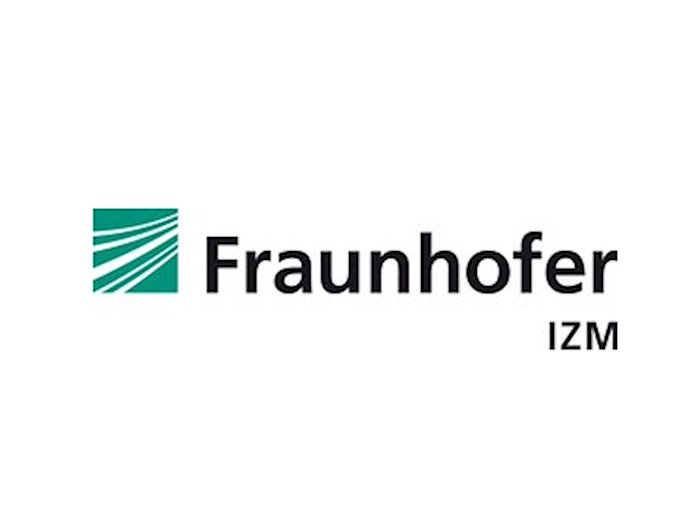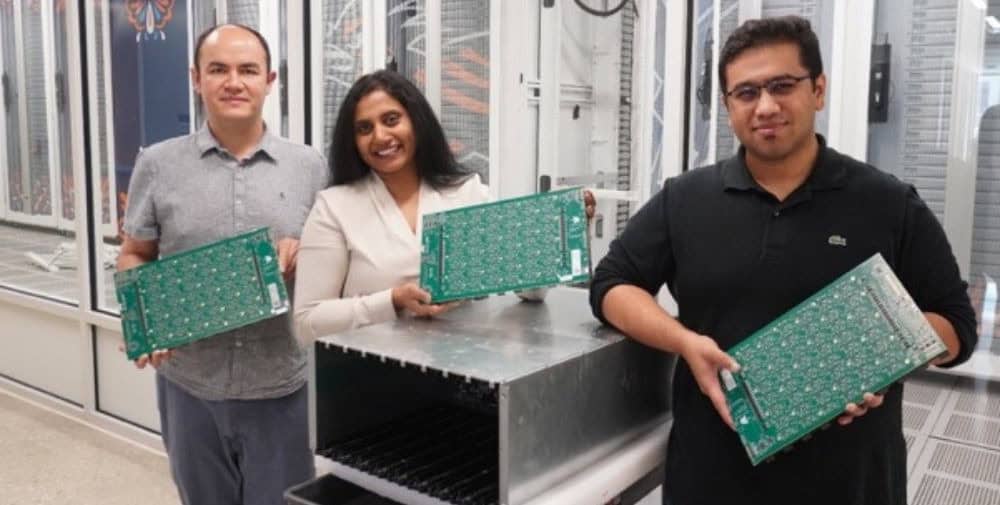
Tracking your fitness with smartwatches is part of everyday life for many people. With a glance at your smartphone, you can see your pulse, number of steps, sleep quality or even heart rhythm. Such information on heart health can now be supplemented by far more complex health data and help with medical diagnosis. The demonstrator created in the European Union-funded ESCEL project APPLAUSE (“Advanced packaging for photonics, optics and electronics for low cost manufacturing in Europe”) is as thin as an ordinary band-aid. Hidden inside are sensors and tiny electronics for long-term monitoring of the heart. Once applied, the plug-and-play patch enables cardiological monitoring of patients. Specifically, vital data such as oxygen saturation in the blood, chest movement and bioimpedance can be measured and transmitted directly to an app for monitoring by clinical staff. The researchers at Fraunhofer IZM focused on system and circuit development, assembly and connection technology, and the integration of a densely packed circuit carrier into the patch.
High wearing comfort thanks to TPU
Thermoplastic polyurethane (TPU) was used as the carrier film for the patch, which enables a high level of wearing comfort on the body due to its flexibility and stretchability. The material can also be processed cost-effectively using common PCB technologies, such as component assembly with pick-and-place machines. This advantage was exploited by integrating the electrical functionality into a dual system-in-package (SiP) design, which was mounted directly on the flexible printed circuit board. Würth Elektronik Circuit Board Technology was involved in the design of the circuit boards as well as the manufacturing of the substrates. To this end, novel ultra-flexible and rigid-flexible assembly variants were designed with the project partner OSYPKA AG and the PCBs were manufactured on the basis of the skin-friendly substrates.
Integration technologies consistently further developed
The project also demonstrated that robust encapsulation of thin circuit carriers equipped with components of different heights on TPU is possible. The high degree of miniaturization and tight integration ultimately resulted in a very unobtrusive form factor, while the stretchable PCB provides a distinctly compliant and biocompatible substrate. The printing of electrodes directly on the flexible circuit board, as well as the integration of all electronics into a textile substrate, have significantly advanced the development of medical patches for monitoring bodily functions. Christine Kallmayer, project manager at Fraunhofer IZM, is also visibly pleased with the results: “A few years ago, such an electronic patch for monitoring the heart was still unimaginable. It is only through the further development of integration technologies that it is now possible to miniaturize medical technology in such a way that it can be used as a biocompatible and stretchable patch instead of a rigid device.”
The APPLAUSE demonstrator, as well as other research highlights from Ms. Kallmayer’s “System on Flex” group, will be presented this year at COMPAMED from 13.-16 November 2023 in Düsseldorf.
The project is a sub-project of the APPLAUSE project, which is funded by the European Union’s Horizon 2020 research and innovation program as part of ECSEL Joint Undertaking with a sum of 34.5 million euros. Further project partners were Würth Elektronik Circuit Board Technology, the Interuniversitair Micro-Electronica Centrum (IMEC), Precordior OY, the Fraunhofer Institutes ENAS and IMS as well as 26 further European partners from industry and research, which are listed here: www.elektronikforschung.de/projekte/applause
– – – –
Further links
👉 www.izm.fraunhofer.de
Photo: Fraunhofer IZM | Volker Mai




